Contact Assist
A Contact Assist is done by putting the injured body part exactly on and in the place it was injured. It is the most common assist for accidents and injuries.
A fundamental reaction in life is to avoid places where one has been hurt. This is done for survival purposes, but it is not based on rational thought. For example, if a person ran into a table and injured himself, he would tend to avoid coming near that spot again. He would think he was avoiding the table, but actually he is avoiding the exact location of the accident. Even if the table were taken away, he would continue to avoid the location where he was injured. This is the basic reason for a Contact Assist.
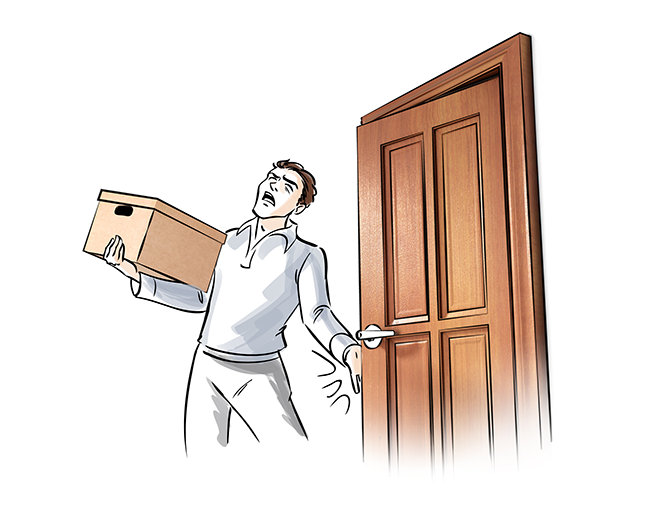
When the exact spot of the accident or injury is available, always do a Contact Assist. It can be followed by other types of assists, but the Contact Assist should always be done first.
PROCEDURE
1. Take any needed first aid and put order into the area before starting the assist.

2. Take the person to the exact spot where the accident occurred. If the object is hot, you let it cool first. If the object is electrical, turn the power off.
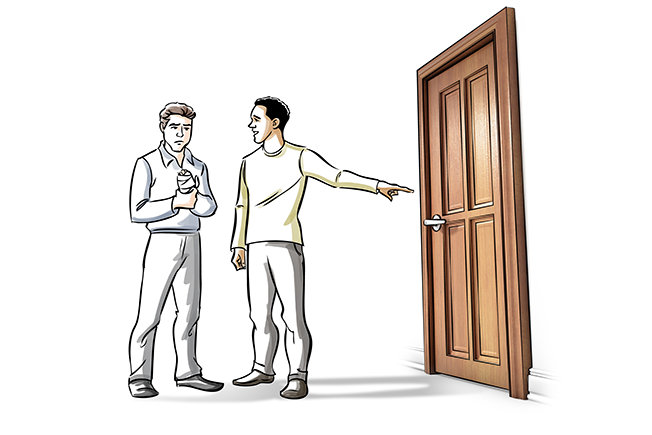
3. Tell the person that you are now going to do a Contact Assist. Briefly explain the procedure:
“I am going to be asking you to move slowly through the accident just like it happened.”

4. Have the person get into the same position he was in before the accident happened. If he had a tool in his hand, or was using one, he should be going through the same motions with it.
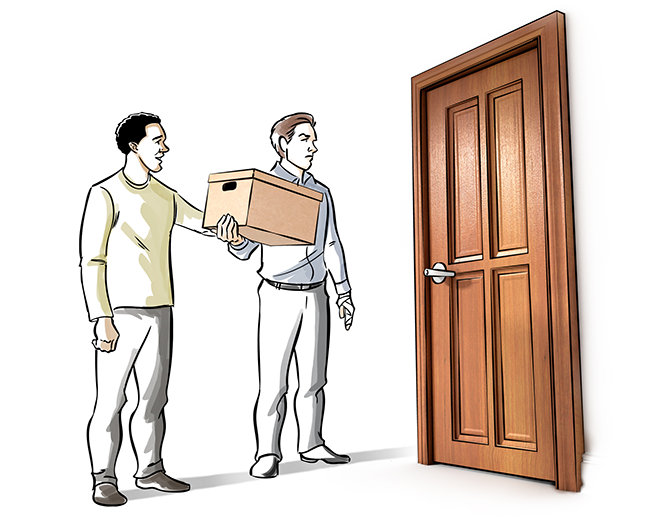
5. Tell the person:
“Move slowly through the accident just like it happened.”
Have him do exactly what happened at the time of the injury by making him touch the exact spot with his injured body part. You have him gently touch the thing that hurt him.

If he pricked his finger on a thorn in the rose garden, you get him to gently touch the same part of the same finger that was pricked to the same exact thorn. If he closed his hand in a door, you would have him go back and, with his injured hand, touch the exact spot on the same door, doing the exact same motions that occurred at the time of the injury.
There are hardly any commands involved with it. The less you say, the better off you are.
6. When the person has done the command, acknowledge him by saying: “Thank you” or “Okay” or “Good.”
7. Repeat this over and over again, each time repeating the command and acknowledging.
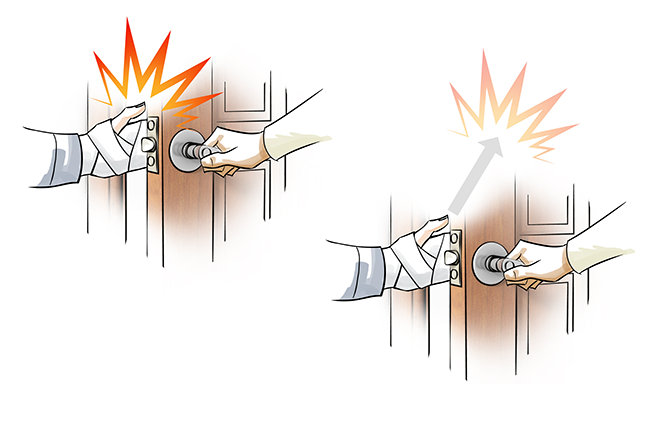
8. Continue until the exact physical pain turns on and then goes away and the person has a realization (a sudden understanding about something). You have to get him to touch the exact point to produce this exact result. When this occurs, end the assist by telling the person:
“End of assist.”
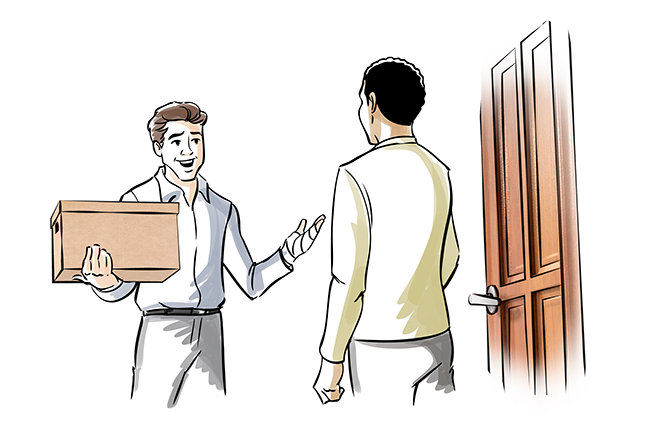
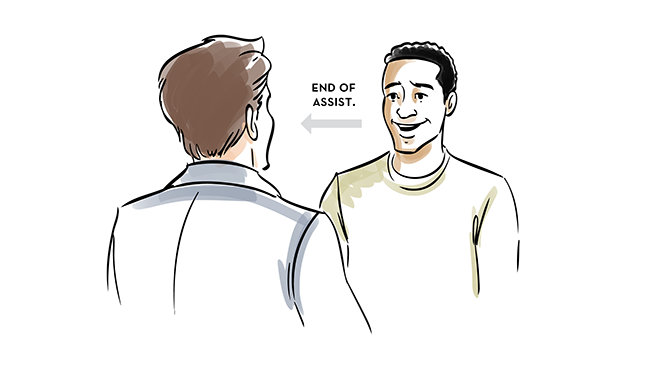
ADDITIONAL INFORMATION
Don’t Force the Person
A Contact Assist must sometimes be done in a gradual way. Let’s say a child stubbed his shin on the lawn mower and now doesn’t want to come nearer than 100 feet (about 30 meters) from that lawn mower. You would make him do a Contact Assist with his shin and body at that point (100 feet from the same lawn mower), having him go through the motions of the accident.
Gradually, you narrow the distance that he is willing to approach it and eventually he will go up and do a Contact Assist on the lawn mower. You must never forcibly drag the person up to the spot where the injury or accident occurred.
“Solo” Contact Assists
Contact Assists can be done solo (by oneself), but one must be sure to do it until the physical pain goes away.
Any type of injury can and should be handled with a Contact Assist. It is always the best type of injury assist when the exact spot is available. Contact Assists have unlimited use. They’re sometimes miraculous—but they always help.

